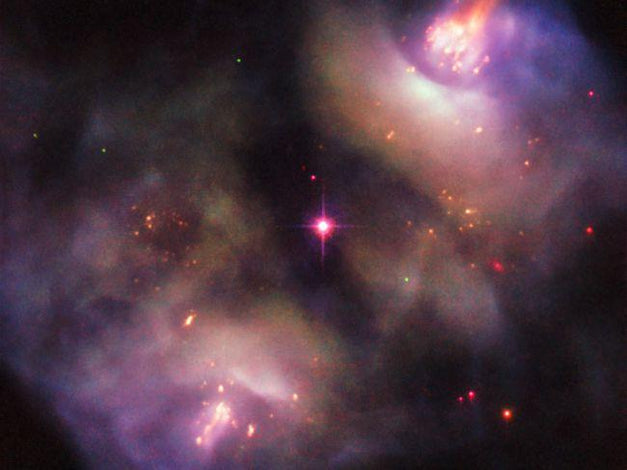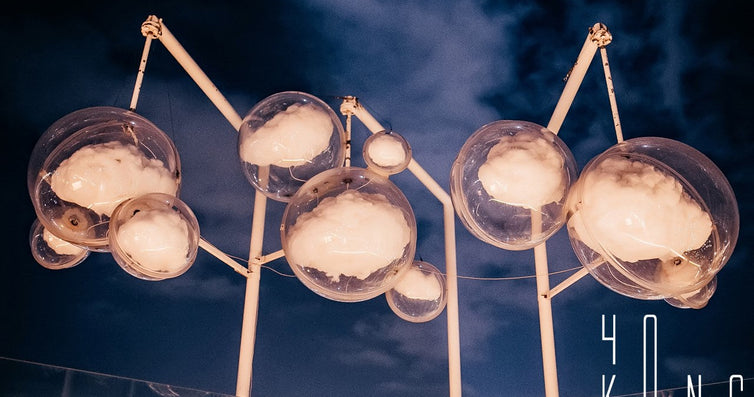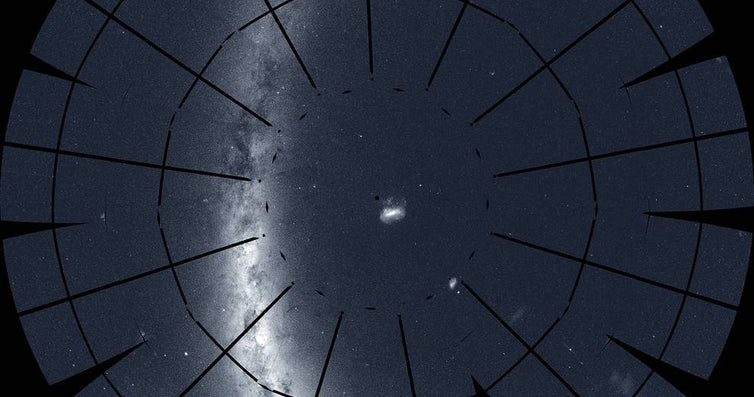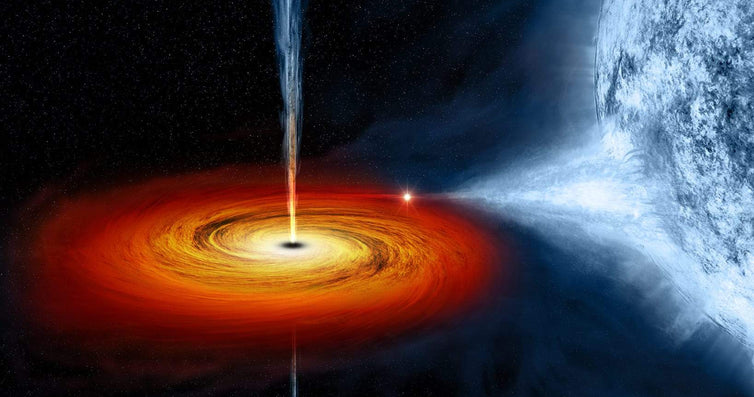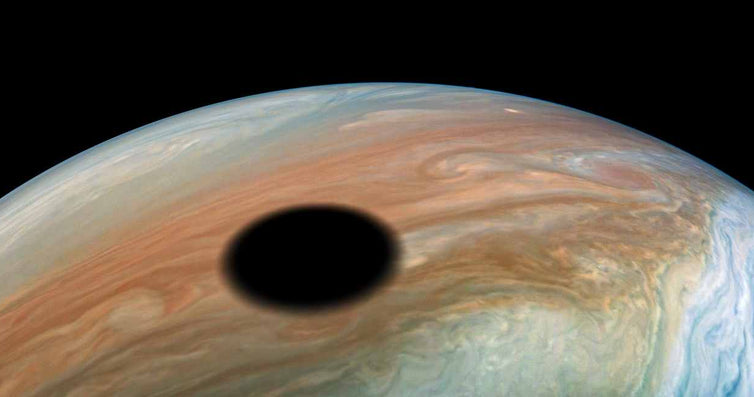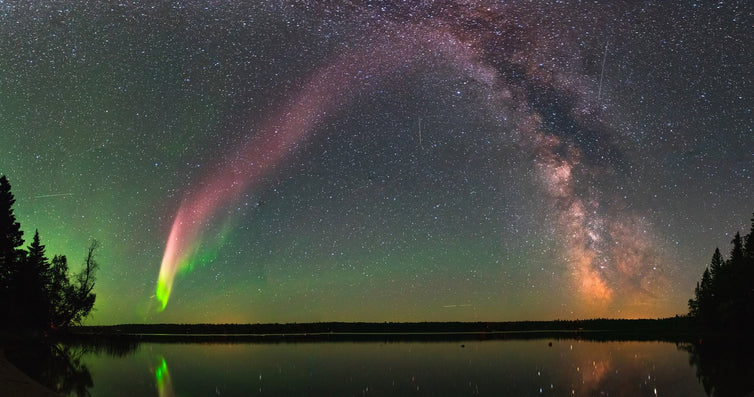Dying Star's Colorful Demise
Excerpts from Space.com: In the Gemini constellation - This cosmic region is so complicated that when astronomers first turned their attention to it years ago, they recorded two objects there because there is a symmetrical lobed structure visible there. Today, we know that there is only a single object. Still, in deference to older naming conventions, the region is often known as NGC 2371/2 — a combination of the two older names: NGC 2371 and NGC 2372.
https://www.space.com/colorful-dying-star-hubble-telescope-photo.html
Together the two symmetrical lobes form a planetary nebula, which is a term leftover from an older era in astronomy. With some of the first telescopes, when views were very blurry, astronomers spotted some gassy objects that looked a bit like planets. But these objects turned out to not be planetary at all.
Astronomers expect rapid change to occur in this region within the next few thousand years.

This image, taken by the Hubble Space Telescope, shows the gloomy and colorful scene of the star known as NGC 2371/2 dying in deep space. (Image credit: ESA/Hubble & NASA, R. Wade et al.)




